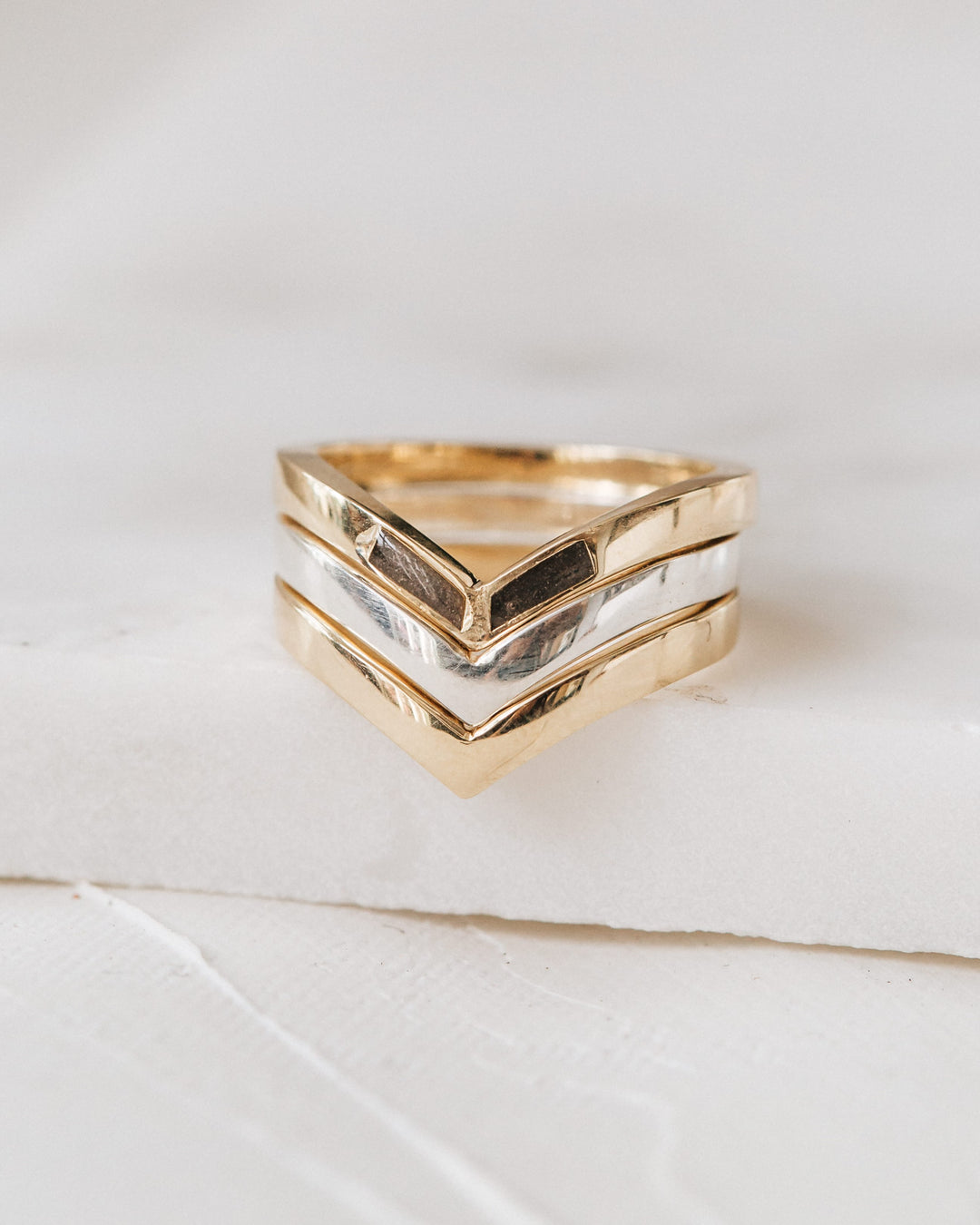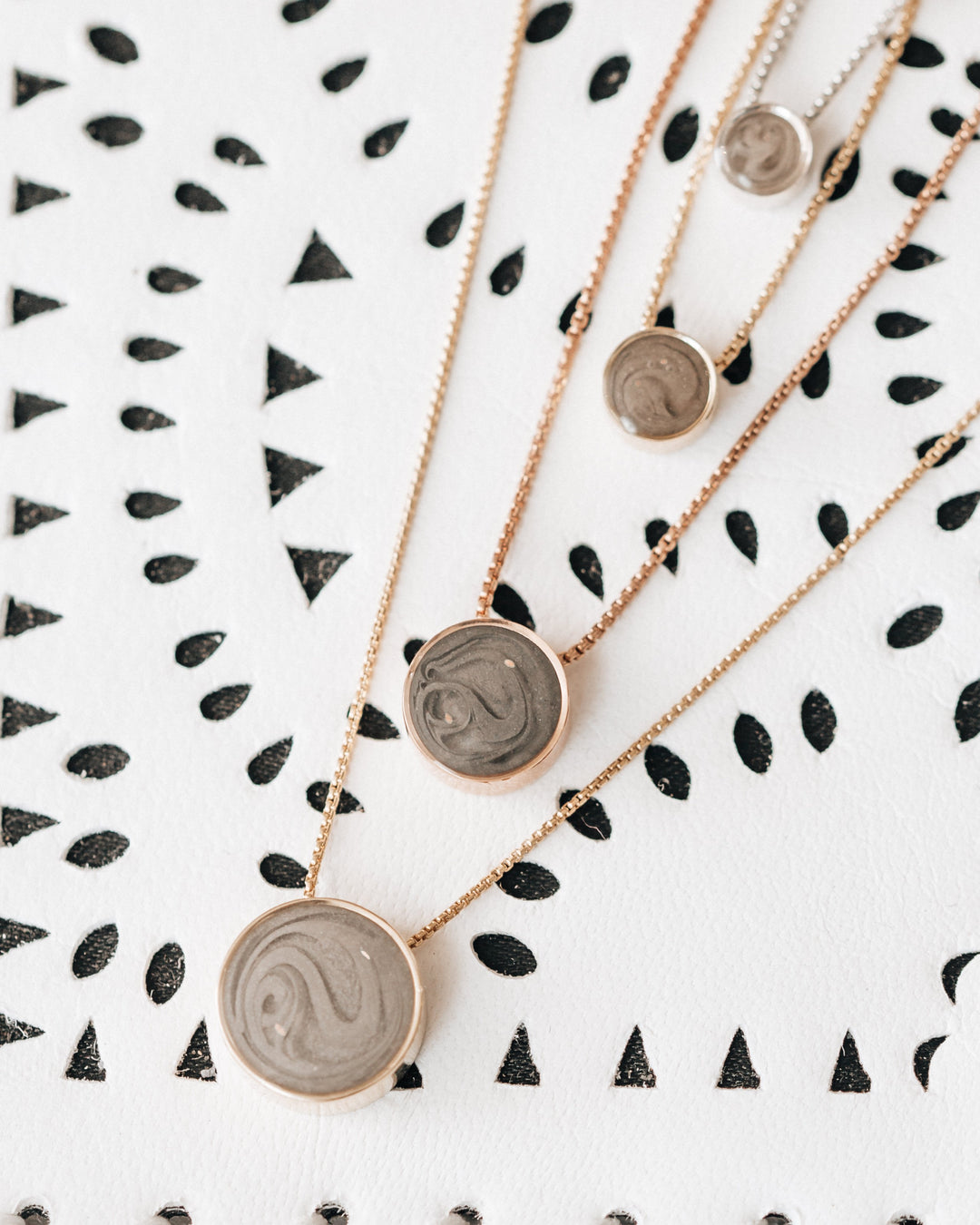Aquamation
Aquamation, or alkaline hydrolysis, is a water-based form of cremation that has been growing in popularity over the years. Unlike traditional cremation, aquamation does not involve the burning of fossil fuels nor does it create any direct greenhouse gas emissions. Furthermore, aquamation uses significantly less energy than traditional cremation, and it is even said that it uses less water than a single U.S. household uses in a day (Source). While aquamation has been approved for pets in all U.S. states and Canadian provinces and territories, the ability to utilize this eco-friendly process for human loved ones is still gaining traction. A list of aquamation-related legislation passed (or not passed) in each of the United States can be found here, and a concise list of where aquamation has been approved for humans in the U.S. and Canada can be found here.
Aquamation is performed by placing the body in a steel vessel that is then filled with a solution of water and alkali (typically potassium hydroxide). This solution is then heated to around 200-320 degrees Fahrenheit and agitated, or circulated, until the body has been completely broken down. The pressure of the steel chamber and constant movement prevent boiling, and the process mimics the natural decomposition that occurs when a body is buried.
The resulting ashes differ drastically from those produced by traditional cremation. Ashes from traditional cremation tend to resemble coarse sand and may contain fragments of bone of varying sizes, whereas ashes from aquamation have a very soft and powder-like consistency. Ashes from traditional cremation often contain a multitude of colors, such as black, grey, beige, and white. All of the pieces shown on our website were set with ashes from traditional cremation. No color is added during the setting process; instead, the ashes are broken down into a fine powder and mixed with a clear, high-grade jewelry resin so that their natural hues combine to form one organic color. A set of ashes produced via aquamation, on the other hand, is as uniform in color as it is in its consistency. Ashes from aquamation are most commonly a shade of white or beige and may contain a greenish hue. This difference in both the texture and color of the ashes produces a setting unlike most of those shown on our website, but just as beautiful, dimensional, and unique.
We hope that the following photos of pieces that were set with ashes from aquamation will serve as a helpful visual as to what to expect if you intend on ordering a piece from us to honor a loved one that was cremated via aquamation. That being said, please keep in mind that, just as with traditional cremation, every set of ashes is unique, and the photos we provide are not all-encompassing examples of possible settings.
Aquamation is performed by placing the body in a steel vessel that is then filled with a solution of water and alkali (typically potassium hydroxide). This solution is then heated to around 200-320 degrees Fahrenheit and agitated, or circulated, until the body has been completely broken down. The pressure of the steel chamber and constant movement prevent boiling, and the process mimics the natural decomposition that occurs when a body is buried.
The resulting ashes differ drastically from those produced by traditional cremation. Ashes from traditional cremation tend to resemble coarse sand and may contain fragments of bone of varying sizes, whereas ashes from aquamation have a very soft and powder-like consistency. Ashes from traditional cremation often contain a multitude of colors, such as black, grey, beige, and white. All of the pieces shown on our website were set with ashes from traditional cremation. No color is added during the setting process; instead, the ashes are broken down into a fine powder and mixed with a clear, high-grade jewelry resin so that their natural hues combine to form one organic color. A set of ashes produced via aquamation, on the other hand, is as uniform in color as it is in its consistency. Ashes from aquamation are most commonly a shade of white or beige and may contain a greenish hue. This difference in both the texture and color of the ashes produces a setting unlike most of those shown on our website, but just as beautiful, dimensional, and unique.
We hope that the following photos of pieces that were set with ashes from aquamation will serve as a helpful visual as to what to expect if you intend on ordering a piece from us to honor a loved one that was cremated via aquamation. That being said, please keep in mind that, just as with traditional cremation, every set of ashes is unique, and the photos we provide are not all-encompassing examples of possible settings.



Pictured: 12mm Sliding Solitaire Necklace in 14K Yellow Gold and Sterling Silver charm (not sold on website)

Pictured: Cushion Art Deco Ring in Sterling Silver




